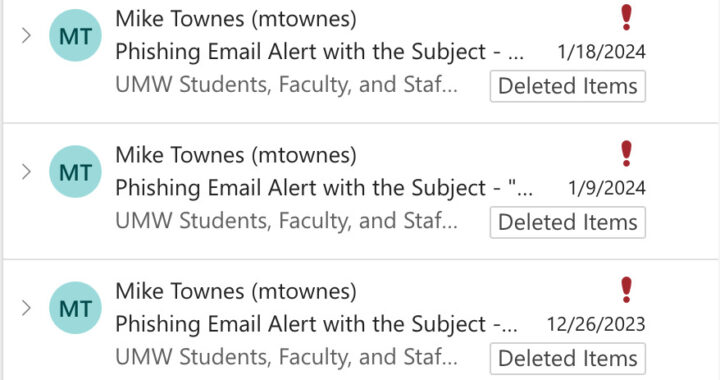Threats of racism need to be addressed nationally, on campus
3 min readBy ALEX SPENCE
March 7, 2015 marked the 50th anniversary of a major moment in the civil rights movement. The march on behalf of voting rights from Selma to Montgomery, Alabama was celebrated across the nation. However, not long after, on March 8, in the city of Norman, Oklahoma, the University of Oklahoma’s Sigma Alpha Epsilon chapter caused quite a stir in the African American community.
OU officially closed their SAE chapter on Sunday, March 8, after a video surfaced that captured members of the fraternity singing a demeaning chant that included racial slurs and references to lynching.
The video was reposted on Twitter, with a comment attached that was directed at the president of the university, David Boren, and read, “racism is alive at the University of Oklahoma.”
In response, President Boren made a public statement saying he was “disgraced.” He promised a thorough investigation that could result in expulsion for some of the university’s students.
“As they pack their bags, I hope they think long and hard about what they’ve done. It’s time we send messages that are very strong and clear,” said Boren.
Since this video went viral, multiple investigations have been conducted. Several other incidences with members of the SAE fraternity have been brought to the attention of the headquarters, and each is being investigated further, according to the LA Times.
The SAE chapters from both Louisiana Tech and the University of Texas are under investigation as well. Allegations have formed concerning members in each chapter of the fraternity, but they have yet to be substantiated.
There are some cases that the fraternity acknowledges occurred more than 20 years ago. A member of the SAE headquarters commented on this, saying, “Although we cannot change the past, we can learn from the present and alter the future.”
While this statement is encouraging, it does not tell us what measures should be taken to begin to alter the future. The SAE incident was public and appalling, but what about the more private cases of racism, such as inside a classroom? What kind of actions are being taken against those who use racial slurs in a less public setting?
“I went to a predominantly white high school,” said Sierra Turner, an African American sophomore at the University Mary Washington, who has experience dealing with the results of racism. She explained that black students did not receive the same privileges as the white students did.
“For example, one time there were racial riot threats that were made by the white students, saying they were going to bring ropes to class and hang the black students,” she explained. “Instead of going after the white students, the administration searched the black students for weapons before entering the school.”
Danielle Howard, another African American sophomore attending UMW, said she is astonished as to why the color of her skin makes such a difference in how she is treated.
“We’re people too, you know? But for some odd reason it’s hard for people to see us as equals simply because of the color of our skin. It’s such a strange thing, to hate someone because they don’t look like you,” said Howard.
If people think racism is a thing of the past, they are unfortunately mistaken. The incident at OU is living proof of this. However, OU and the SAE fraternity are not the only places where it exists. Racism exists on our very own campus.
“I have heard of students having problems with racism on campus. I know recently there has been a lot of problems on social media involving racist comments,” said Turner.
Racism exists everywhere. And, as Boren noted, “It is time we send messages that are very strong and clear” that cannot be tolerated.











